Harvest Background
Harvest season in the winelands is a sight worth seeing. It is fraught with challenges for farmers, viticulturalists and winemakers alike but it’s also a time when the industry is abuzz. When will the sugar levels in the grapes be perfect for picking? Do we have enough tank space in the cellar? Is the press clean and up and running? These are just some of the questions that run through the minds of the heroes of the wine industry…heroes that work hard to create the liquid that brings us so much joy and pleasure.
Harvest season begins long before the sweet, ripe bunches of grapes are actually taken off of the vines. Winemakers begin prepping weeks and sometimes months before that by cleaning and checking all the tools and equipment involved in the winemaking process. They clear out their cellars, wash out their tanks and clean and double check their machinery in anticipation of the onslaught of grapes about to arrive in their midst. Harvest can be a challenging time. Fraught with last minute decisions that will affect whole batches of wine at a time, it’s a time of intense focus and hard, manual labour.
Aspiring winemakers from around the world join the winemaking teams as interns for the duration of the harvest, anywhere from 6 to 16 weeks. You can often tell them by their accents, steel toe capped boots and purple stained hands and clothes. They are brought on as labour to assist in the cellars and do the heavy duty work associated with winemaking. Cleaning out the press (often by getting in the press), cleaning out tanks (again from the inside), standing at the sorting table looking out for underripe, overripe or rotten bunches of grapes, stones, tools and even the odd insect, reptile or amphibian, sometimes getting into the vineyards to pick grapes, and cleaning, cleaning and more cleaning. The work is gruelling and makes for long hours but this is a two way street. Many of these young acolytes will go on to manage, own or run their own cellars one day and will be passing on instructions to interns of their own. The knowledge they gain from their exposure to other styles, methods and techniques of making wine will shape the way they approach their own winemaking in years to come.
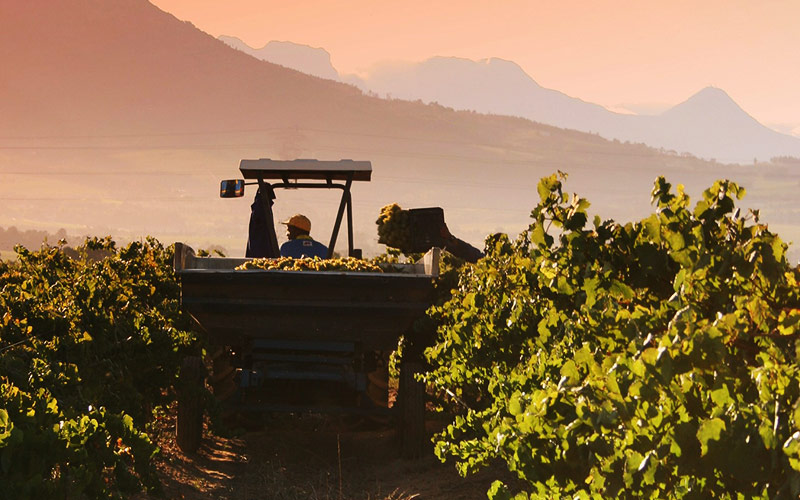
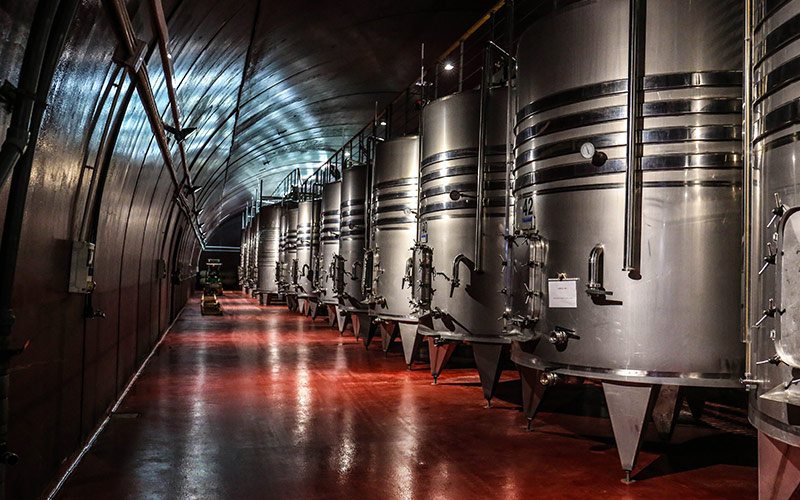
At the height of harvest one can find many activities taking place in the cellar. A typical process for white grapes arriving in the cellar would look something like this:
As grapes are delivered to the cellar they are picked over on the sorting table before they are conveyed into a press of some kind. The press then squeezes the juice into a drip tray beneath the press and pumped into a tank for settling. The raw grape juice, or must, typically settles over night and is then pumped or racked into another tank to separate from the sediment or lees. This juice is then either pumped into a barrel or left in the tank to ferment.
Harvest normally starts slowly, builds to a crescendo and then starts to drop off as the last of the grapes are brought in from the vineyards. The rest of the focus is then in the cellar juggling tank space, stacking barrels and moving wine and grape juice around (among other things!). The weather typically plays a big role in how a harvest runs. Heat, rain, hail, sunshine and wind can all have an impact on how things play out over the weeks and months of the harvest. It’s a stressful time for those involved but can be a supremely rewarding process in the end.
Visiting a winery in the harvest time is an excellent way of learning about the winemaking process. You’ll see the cellar in full swing and the winemaker and his or her team in action. If you’re lucky you’ll be able to taste the must as it’s pressed or see the barrels being stacked in the barrel room. If you are planning a visit to the winelands and are interested in learning more then this is the time to go.
Look out for newsletters and communication from wineries you would like to visit about harvest experiences they are offering. Many wine estates will have special tours available or experiences designed to give you a glimpse into what goes into a harvest. If you’re looking for an in depth harvest experience or even just want a glimpse of what’s going on behind the scenes, give one of our experts a call and we’ll help you plan your winelands visit.
Harvest Experiences 2019
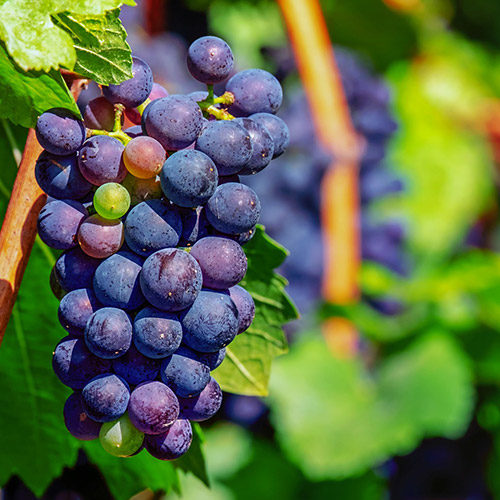
Marianne Harvest Experience
Marianne wine estate in Stellenbosch brings a touch of French flair to the South African winelands. During the harvest season, you are able to visit the estate and see the cellar in action, meet the winemaker, some of the interns and even get your hands dirty by getting involved in some of the production yourself! You’ll also explore the vineyards with a guide and learn how the winemaker and viticulturist work together to decide when to pick which vineyards.
Jordan Harvest Experience
Jordan is well known for its terroir focused wines. The estate itself, a mere 45 minute drive from Cape Town, is extensive and a pleasure to explore. Harvest time is a particularly good time to visit if you are wanting to learn more about the harvest process. Walk through the cellar, taste some freshly pressed grape juice, learn about yeasts, meet the people behind the production and explore the property by 4×4.
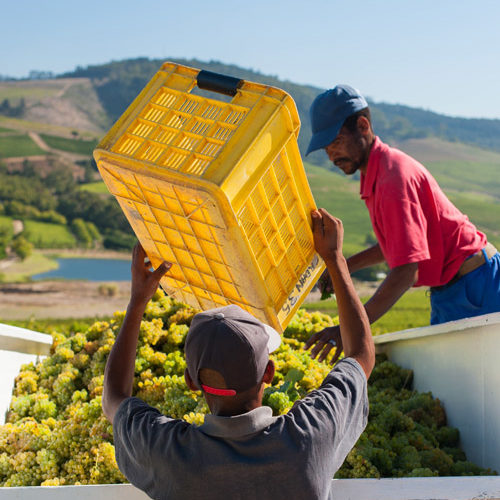
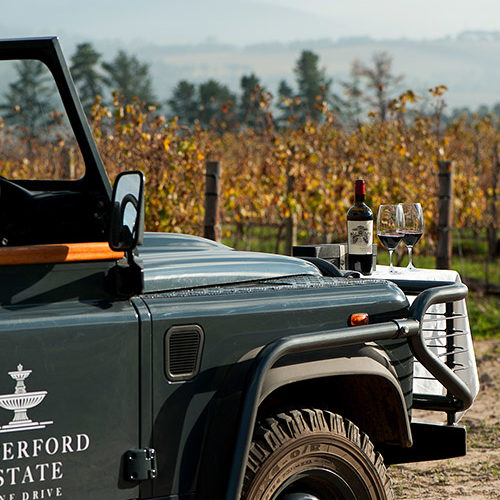
Waterford 4X4 Harvest Experience
Waterford is a stunning estate in Stellenbosch well known for its excellent wines and wine tasting experience. They also have a 4×4 safari vehicle specially designed to take guests around the estate to show them everything happening on the property – particularly pertinent around harvest time. You start in the cellar, make your way through the barrel room and then hop aboard the 4×4 to be transferred through to your picnic lunch spot, a raised wooden deck under a shady tree in the middle of the vineyards.
Comments
Please send me details for 2021 harvest season
Hi Peter, please could you pop us your email address and one of our experts will get back to you shortly. Thanks!